Stan’s No Tubes Race tubeless sealant comes from the brand many would agree is the most well-known proponent of tubeless bicycle tyre use. No Tube’s produces two versions of tubeless tyre sealant, with the Race version tested claiming to seal larger punctures, and this may be true but other areas of the performance severely limit the overall appeal in the highly competitive best tubeless sealant space.
Stan’s No Tubes Race tubeless sealant – Technical details
Stan's No Tubes Race sealant is available in just one size, 946ml, (Quart in US Imperial) and there are some bold claims, including that it will seal punctures “faster and better”, and has twice the particles compared to the standard No Tubes sealant. The sealant uses XL crystals as well as the standard-size particles in the Race version to give better sealant protection - and it should be suitable for use in a wide temperature range, although no exact figures are provided.
The larger crystals are very evident in the fluid, categorised by long strand-like shapes. This will mean the only option for installation is to pour directly into the tyre and not through the valve. This is something I would always recommend, and there are various other sealants that also require this. One worrying fact given by Stan’s No Tubes is to inspect the sealant every 2-3 weeks for best performance.
For the test, 75ml of the fluid was used for the 650x47mm tyre, which makes this one of the lowest quantities recommended across the group test.
Stan’s No Tubes Race tubeless sealant - Performance
To test sealant performance, we created a standardised puncture test to assess each contender. The same exact tyre on the same rim for each sealant. The tyre used was a Halo GXC, measuring 47mm. Tyre sealant was added in the amount suggested by the manufacturer, and the tyre was inflated to 40psi. This pressure was chosen to give a realistic tyre pressure for all areas of off-road riding. A digital tyre pressure gauge was used to ensure that the pressure was identical on each test. After that, the tyre was rotated sufficiently to ensure that it was distributed evenly throughout the tyre. The tyres were all punctured by driving a 3mm nail through the carcass. The wheel was rotated to assess if the sealant had successfully sealed the hole. If the sealant worked, the test was repeated using a 5mm diameter nail, and if successful on the larger hole the remaining air pressure was measured with a digital pressure gauge and the result was recorded.
During our test, Stan’s No Tubes Race sealant performed well, instantly sealing the smaller hole and forming a seal on the larger 5mm puncture with minimal air loss. This seal also remained in place with no leaking.
Following the guide to check the tyre over a period of 2-3 weeks it was clear to see why this is recommended, as the particles within the sealant had combined into clumps, and many of the longer strands had stuck to the inner carcass of the tyre. In an attempt to test the longevity further, the balls of particles had formed to a point that you could hear them moving inside the tyre when spinning slowly. After the test had finished it was also difficult to completely remove the larger particles that had stuck and dried to the carcass.
No Tubes Race Tubeless sealant is only available in the single 946ml size, costing £40, and makes it more expensive than many other options. It is cheaper than the very expensive Silca Ultimate sealant but compared to others including WTB TCS at £25, and especially when you consider how quickly it dries up and will need to be replaced, makes this an expensive option.
Given the quick-drying nature, if you were to change the sealant at the time period that we noticed particles drying, the 75ml recommended amount in two tyres would be used in six applications or 12 weeks. Compared to the majority of other tubeless sealants tested and from personal experience, most others would last that, or longer, on a single application.
Stan’s No Tubes Race tubeless sealant - Verdict
Stan’s No Tubes Race sealant gave a promising result during the puncture test, with very good results and minimal air loss on the larger puncture. The name “Race” does give a clue as to what it is designed for but the larger particles clump together very quickly, and the solution also dries quickly. As a race day solution, it might work, but for long-term use, it isn’t practical. While the puncture test gives promising results, there are other options that match or surpass the sealant without the short-life issues.



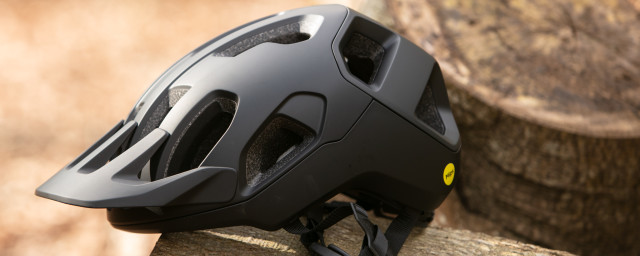


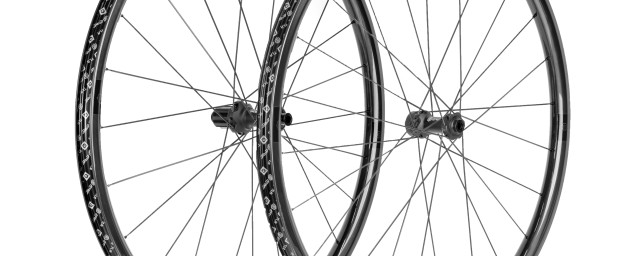

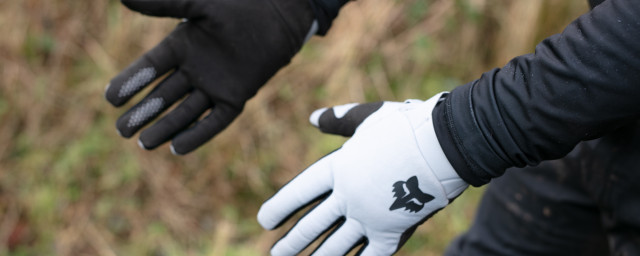
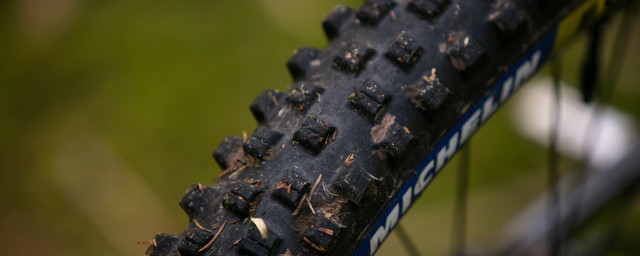
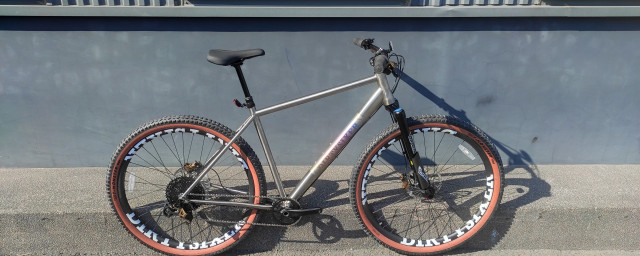
Add comment